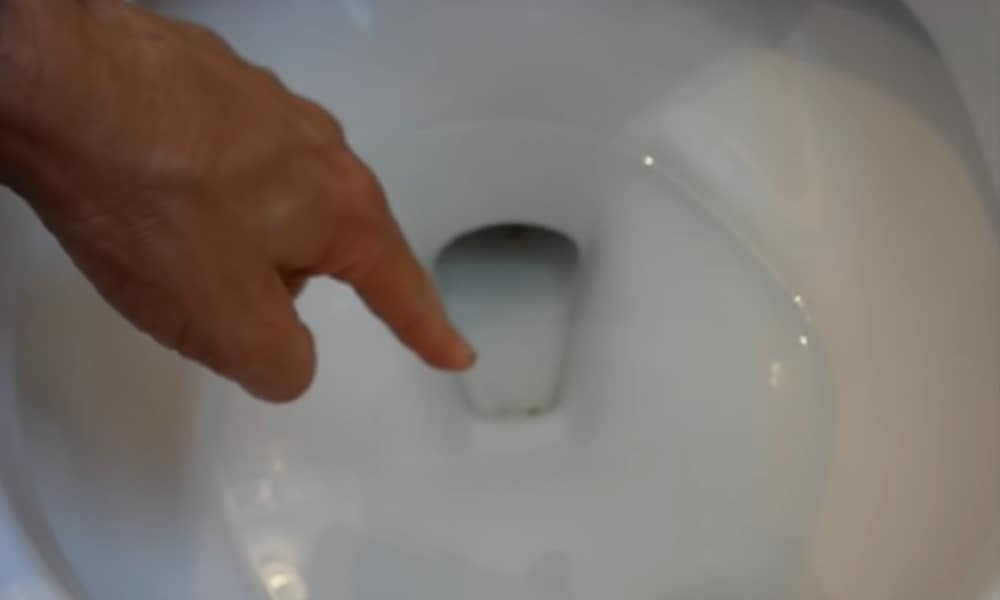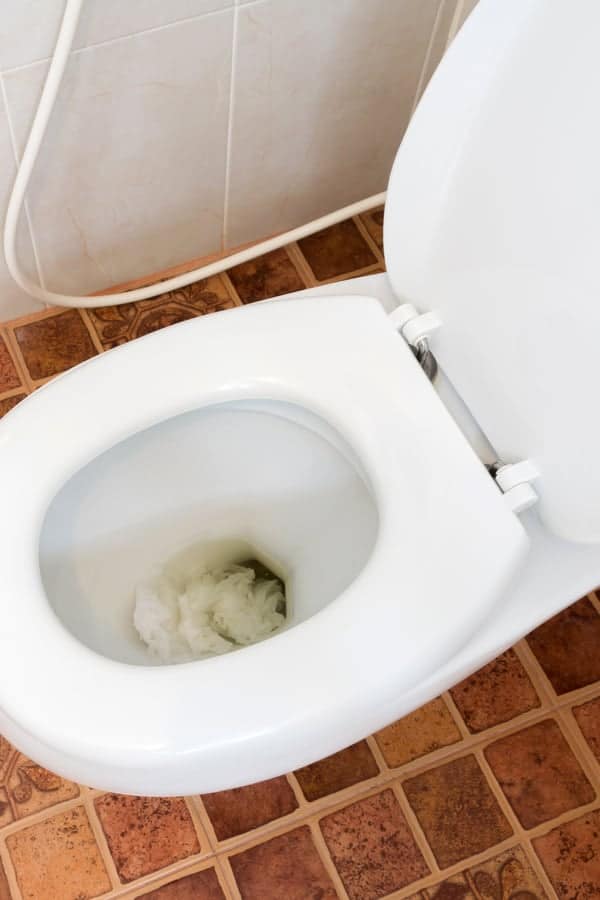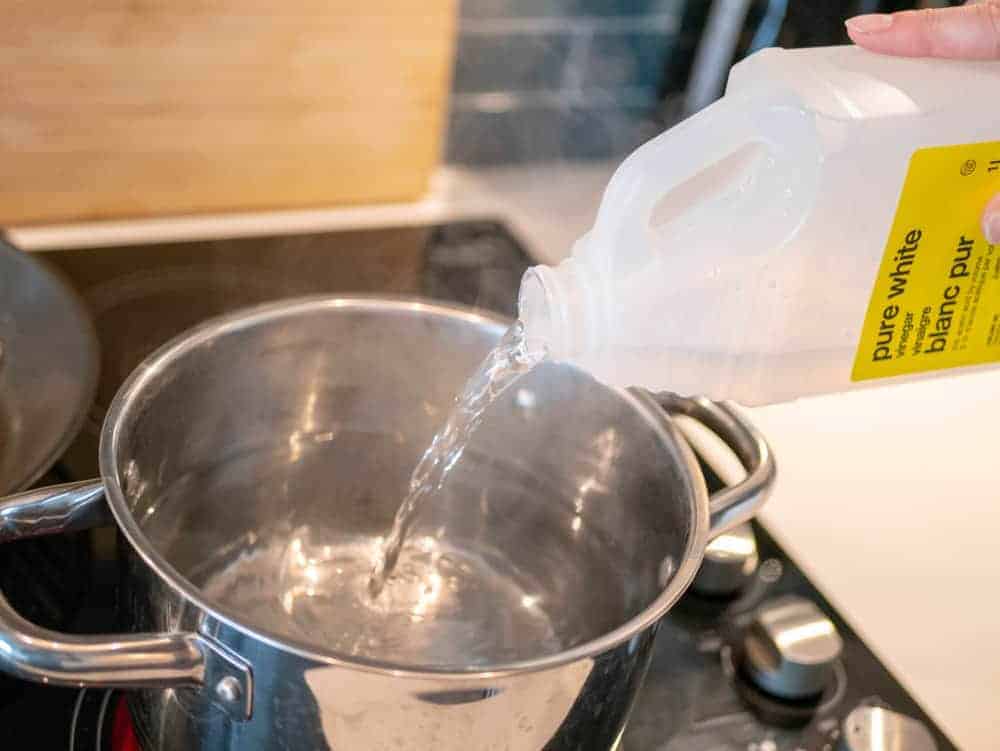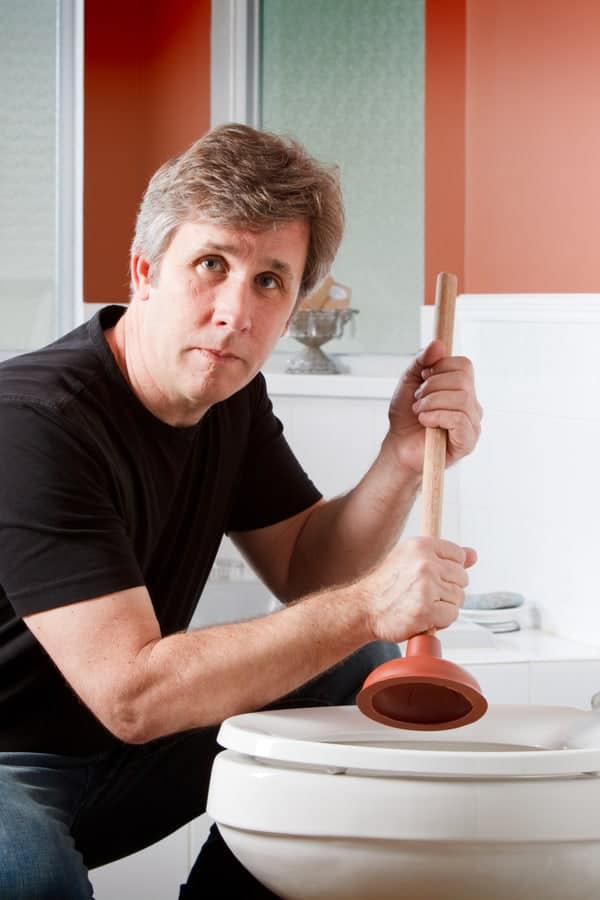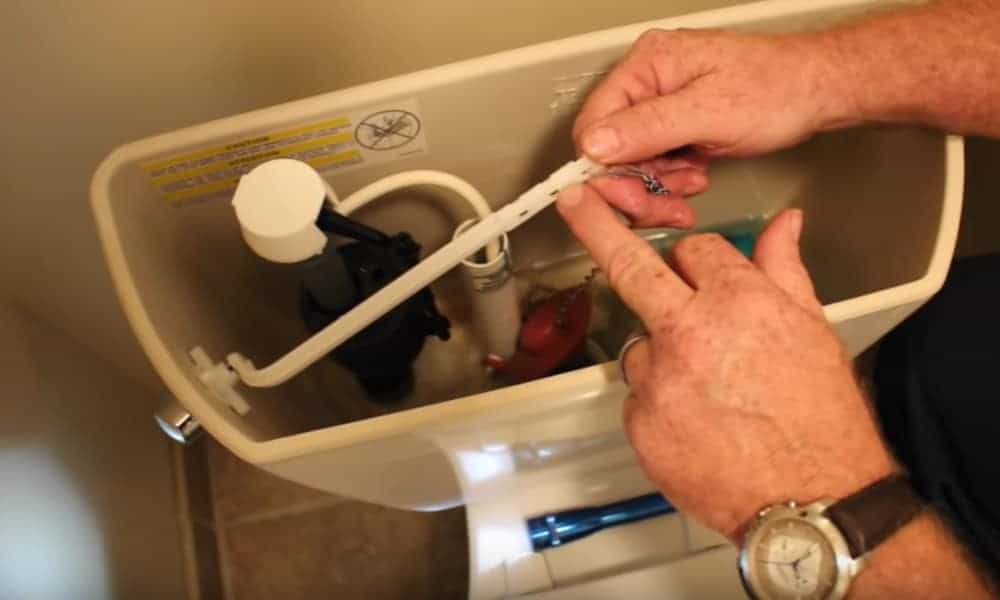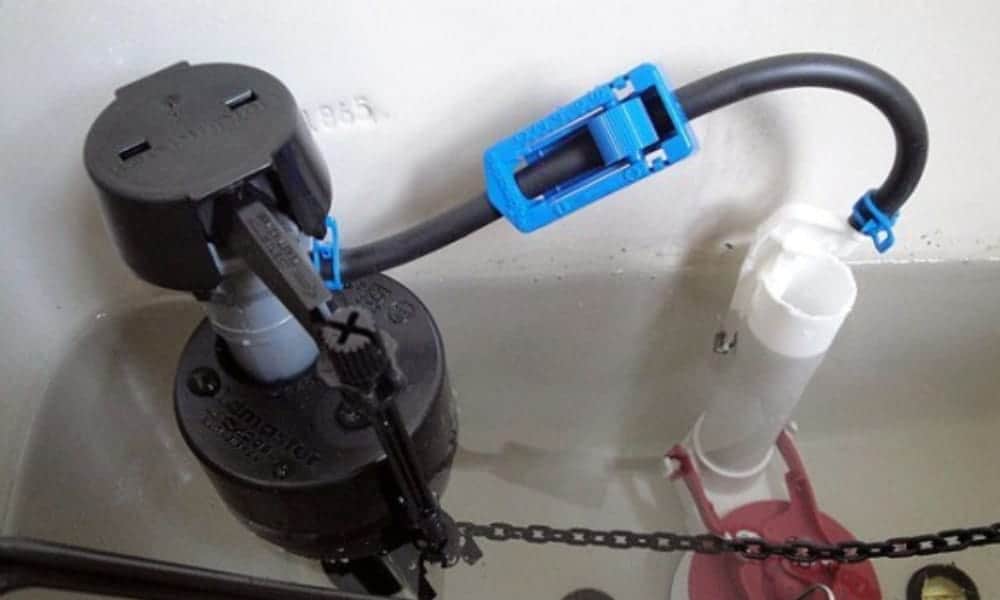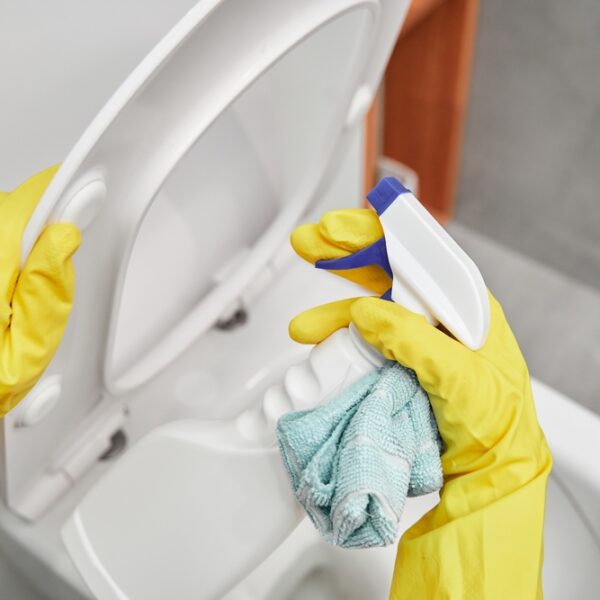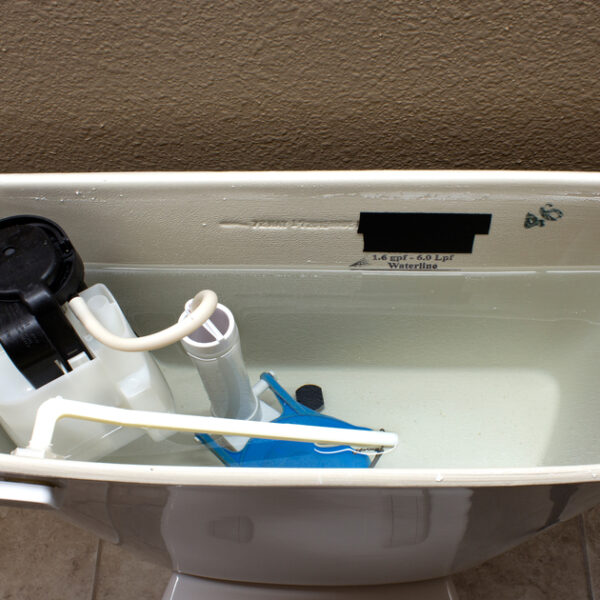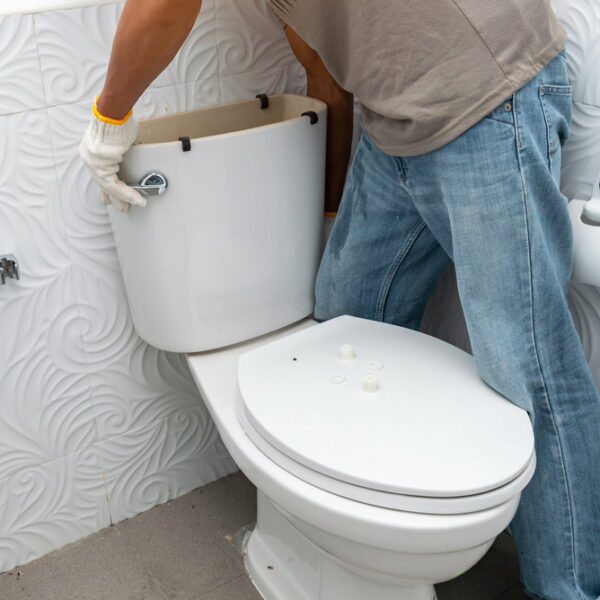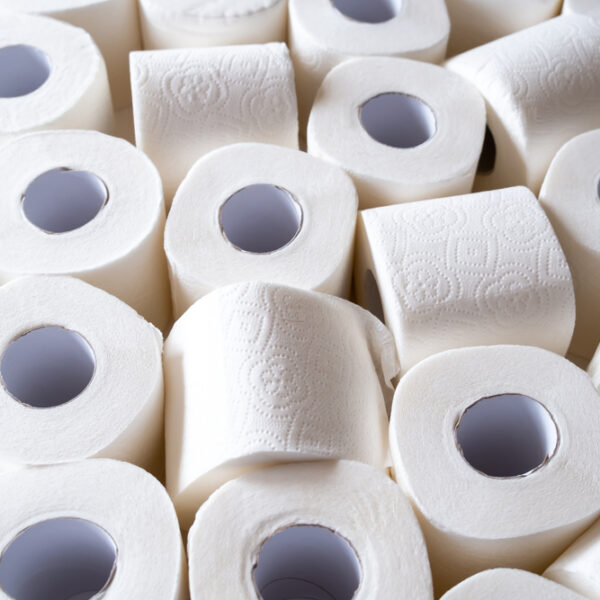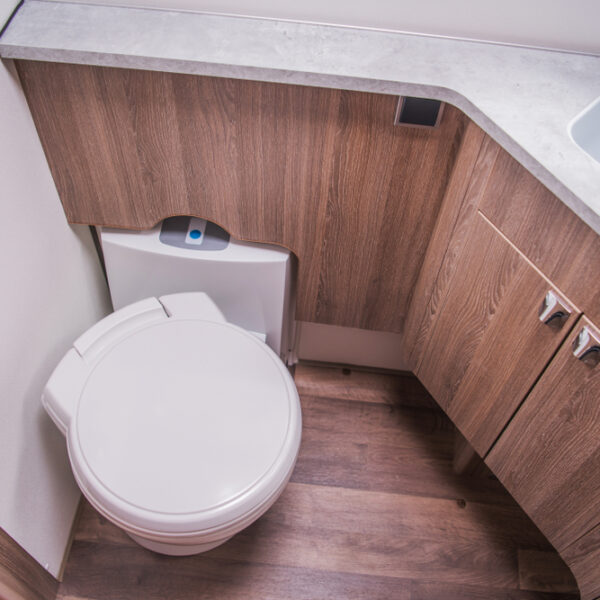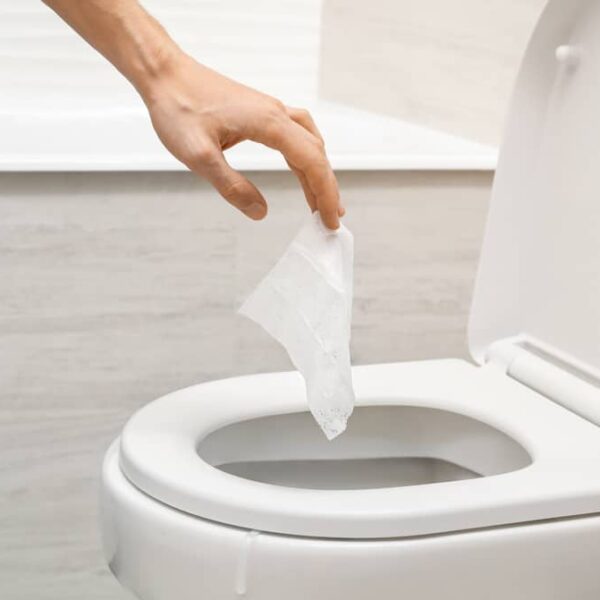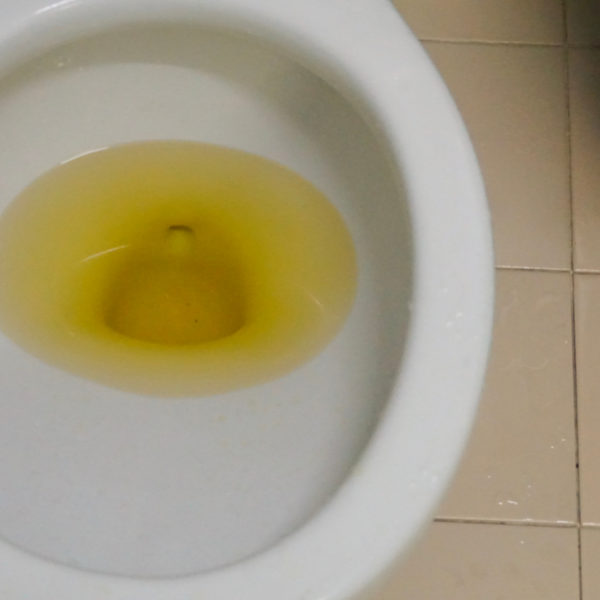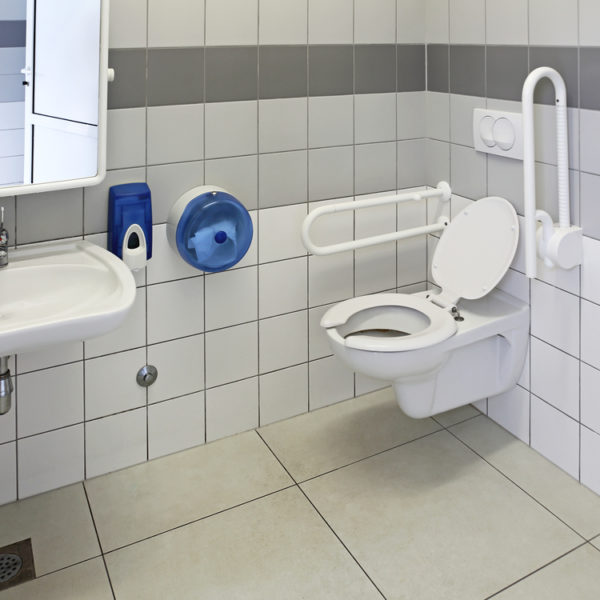Many of us have faced this unpleasant problem. Some of the issues causing them are not too complicated, and you can solve most of them by yourself. On the other hand, there are a few situations when you will need professional help.
However, I can give you a small guide with a list of the most common reasons why your American standard toilet or any other model of toilet you have in your bathroom won’t flush. If you know what to look for, you will likely be able to repair the fault yourself. Whatever the problem is, you should react as soon as you notice it, and never wait for it to get any worse.
The Clogged Toilet
1. Too much toilet paper
Throwing too much paper into the bowl, without regular flushing the toilet, is a common reason for the occurrence of this particular problem.
If you forget to flush your toilet regularly after using toilet paper, sanitary napkins, or even pampers (yes, people do it!), you will have an issue with clogging pipes soon or later. Once the drains clog, further flushing will become impossible.
If you experience clogging too frequently, you should consider using thinner types of toilet paper. I have a sister who could use an entire roll for a day, and we had a lot of problems with drains. Therefore, our mom started purchasing low quality, bilayer toilet paper in an attempt to prevent clogging.
Since my baby sister hated thin paper, she found the middle solution and began flushing the toilet more often while staying in the bathroom. We have higher water bills now, but we don’t suffer the clogged flushing toilet anymore.
There are a few practical ways to solve clogging the toilet with paper once it appears. The ‘magic’ plunger is an ideal solution for this problem, but you can use toilet auger, as well. Let’s see.
- Plunger – Start with sucking the paper and other waste with the plunger. Place it around the drain hole and start to pump up and down until creating a vacuum. That suction will dislodge the paper and allow water to flow freely. Flush the toilet once again.
- Toilet Auger – Snake it through the drain hole and push the paper through. These moves will break paper and waste into smaller pieces you can flush.
- Plumber – Calling an expert if you can’t solve the problem is not a bad idea. It is better paying for unclogging the toilet than waiting for more severe issues to appear.
2. Mineral deposits
If you live in the region with hard water, you may have an issue with clogged inlet holes. Mineral deposits from water and bacteria cause the blockage of the toilet more often than you can imagine. If you notice that less water comes into the bowl than usual after flushing the toilet, it is time to unclog inlet holes.
Start by shutting off the water supply and flushing the toilet. After emptying the tank, you should open the fill valve and clean it with white vinegar or Lime-A-Way.
Heat approximately 10 to 12 ounces (0.3 – 0.35 l) of white vinegar to 120 F (49 C) and pour it down the overflow tube. Use a funnel to avoid splashing.
Let it stay for a couple of hours to dissolve the mineral deposits and don’t use the toilet during this time. Flush it after turning the valve on to see if the water flow is regular again. If not, try to use a wire to remove mineral residues from the holes.
If you frequently have an issue with clogged inlet holes, you should invest in a water softener system. That way, you will prevent mineral deposits, which occurs as a result of hard water.
3. Partial clogs in pipes
Sometimes paper and waste may form so-called partial clogs in pipes. These clogs won’t cause immediate and complete blockage but can slow the water flow down.
Over time, after every flushing, water will go through pipes harder and with less strength. Since partial clogs lead to a weaker flush, it will become incomplete after a while. As a result, more and more precipitate will accumulate in the drainage system.
Start solving the problem by plunging your toilet with the plunger. After doing that for 10 to 15 seconds, flush the toilet. Repeat the process two to three times, but never plunge too hard. If three plunging attempts don’t give results, you should look for the other solution.
Since the cause of partial clogging is often corrosion or caking debris onto pipe walls, pouring hot water to the bowl will help. After a few minutes, flush the toilet. If you haven’t managed to solve the problem, it is the time for snaking the toilet. Unfortunately, you will need to call the plumber if the clog is near the sewer line.
Problems with the Toilet Tank
4. The too low water level in the toilet tank
Sometimes, when flushing is weak, you may notice that the tank doesn’t fill as it should, and the level of water is too low. Firstly, you should check a mark determining the necessary water level in the tank.
If not, the rule is that the toilet tank needs to have approximately 1 inch (2.5 cm) of water below the top line of the overflow tube to function correctly.
When there is not enough water while flushing the toilet, you can assume that there is not enough force to push water down to the bowl.
Usually, partial flush means that the valve is not entirely turned on. Solve the problem by turning on the valve and flushing the bowl. If the toilet tank fills correctly, you can keep using it without additional worries.
The second option is that someone manually has adjusted the necessary level to save water. Also, there is a possibility that some components in the tank prevent filling it with enough water. The reason is often misaligning with other parts of the tank.
Additionally, if the tank has the large rubber ball float, it may float upwards while the water level rises in the tank and closes out the hole for water flow once it comes to the top.
After finding the cause of the problem, you can quickly adjust the float. The solution is to bend its handle slightly upwards and allow better water flow by adjusting the higher position of the ball.
If your tank contains an intake assembly, the only thing you should do is to move up its metal clip and adjust the desired level of the water.
5. Damaged flapper
Every time you flush the toilet, the flapper opens to allow water runoff from the tank down to the bowl. After flushing, the rubber flapper closes the water intake hole and allows new filling the tank.
When the flapper bents or warps, it can’t close the hole and allow regular refilling of the tank. There is also a possibility that the length of the chain isn’t appropriate.
Since the flapper is a cheap part, you can purchase the new one in the local shop for plumbing supplies and exchange the damaged one. If it is about the chain, adjust its length, and keep using the toilet regularly.
6. Breaking off of the lift chain
The American standard toilet and handicap toilet has the lift chain. It is always connected with the flapper and pulls it up whenever you flush your toilet. Over time, it may slack too much or breaks off.
In that case, the flapper can’t open, and then flushing the toilet will be impossible. Therefore, you should replace the chain or adjust its length to allow regular flushing.
7. Cracked overflow tube
Finally, if everything else works just fine, you should check the overflow tube. When cracking, water will flow down into it instead of filling the tank. As a result, regular flushing the bowl will become disabling.
The only thing you should do is going to the local store and purchasing the appropriate overflow tube. As soon as you replace it, you will be able to flush your toilet without any problems.
8. Poor Design or Installation of the Toilet Drain Pipe
If you notice that your toilet has a slow flush from the very beginning, the problem is probably in the design of the toilet drain pipe or the way of installation.
The system of drains is not too complicated. Wastewater flushes from the bowl through the pipes until reaching the main sewer line. The toilet drain pipe needs to have a proper downward slope to make it possible.
If this is not the case, and drains go straight without necessary slope, a pool of water will ‘stuck’ in the pipes. Every time you try to flush the toilet, the water hits the ‘stuck’ pool of water without any chance to flow away as usual.
If you face such a problem, the best solution is to call a plumber to check all the drain pipes. Unfortunately, in some cases, he will need to redesign the entire system.
